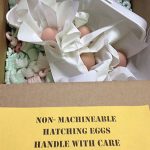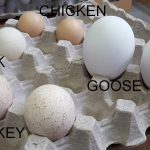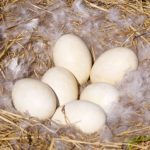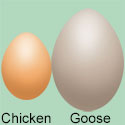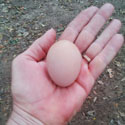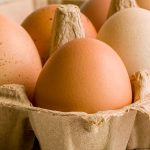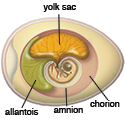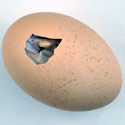
Egg yolks get their golden yellow color from the same plant pigments that result in the skin color of yellow-skin breeds. These pigments are also responsible for beak and bill color in chickens and ducks, and for their brightly colored feathers. The pigments are of two main types— carotene and xanthophyll. Carotene is orange to […]
Continue Reading
